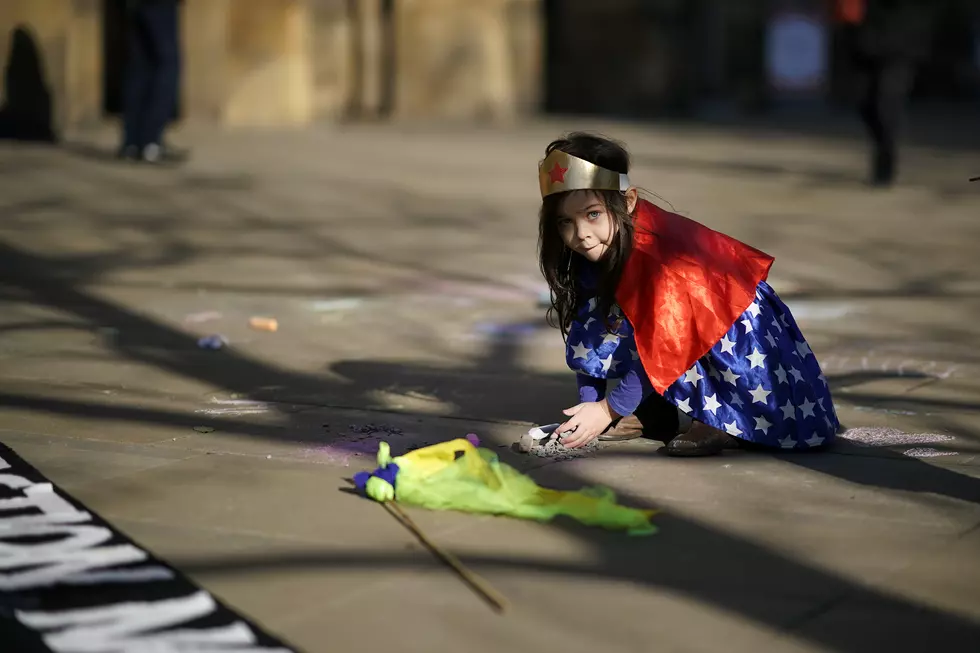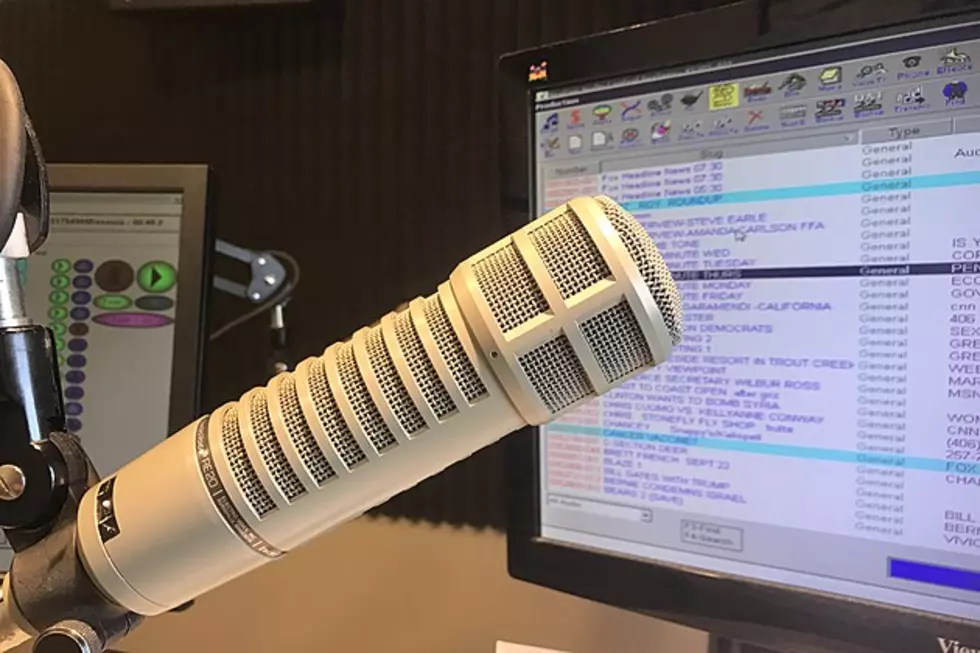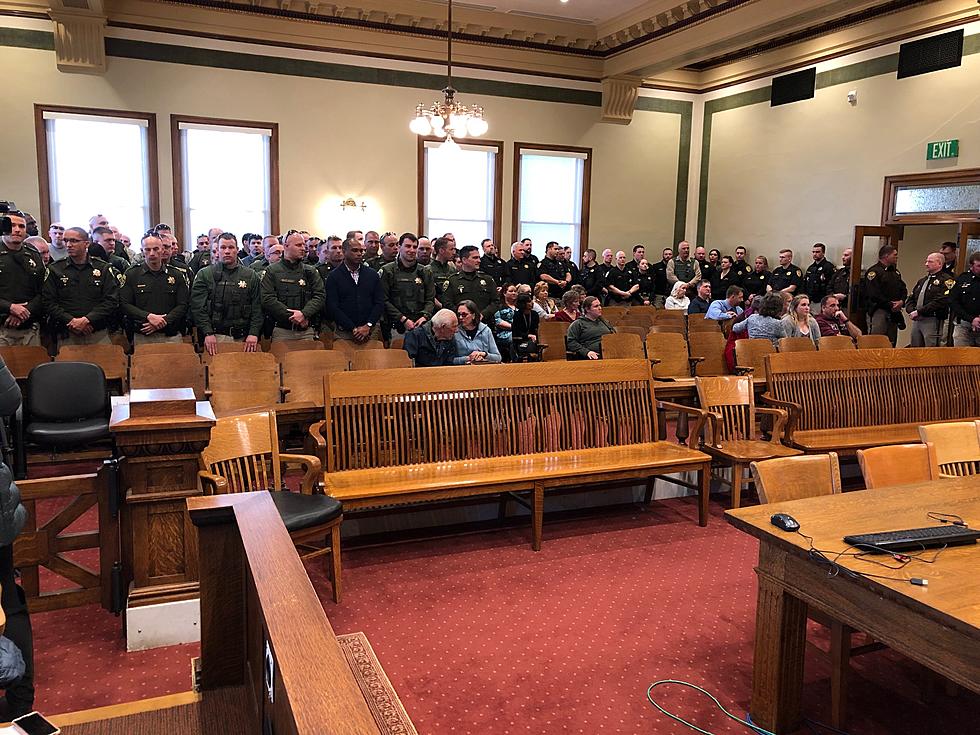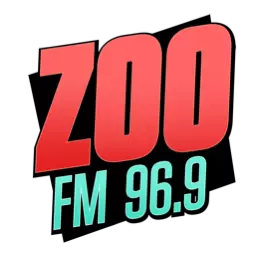
Full Moon and Spring Equinox on Same Day – A Rare Event
Wednesday, March 20, is the official First Day of Spring. But it's also March's Full Moon - both on the same day. It doesn't happen all that often. First, a little history about the Vernal Equinox (the Spring Solstice).
Many early civilizations started their New Year at or near the Spring Solstice. Even if they didn't have a written calendar, they knew when the amount of daylight began to be more than the amount of darkness and the world of plants and animals were changing with the season. Babylonians and Mayans noted it and other people around the globe also thought it was an important day - as far back as 2700 B.C. Then, along came the Romans and their calendars. January 1st became the beginning of each year for many cultures. However, the Vernal Equinox in March, where the sun sets 12 hours after it rises, is highly regarded (at the very least) as the beginning of Spring in the Northern Hemisphere - and the beginning of Autumn in places like New Zealand in the Southern Hemisphere. Now, let's bring in the Moon.
The Full Moon is always a special time each month of the year. But how often does the Full Moon happen on the Spring Solstice? The Old Farmer's Almanac has recorded only five times since 1809. This week, March 20, is the sixth time in over 200 years - Equinox at 3:58 p.m. MDT and Full Moon four hours later at 7:43 p.m. MDT. Also, it's a Super Moon, which means it's much brighter than usual because its orbit brings it closer to Earth during that time. So, take a moment or two Wednesday and welcome Spring and the Full Moon. The next time this will happen is 2030.
More From 96.9 Zoo FM









